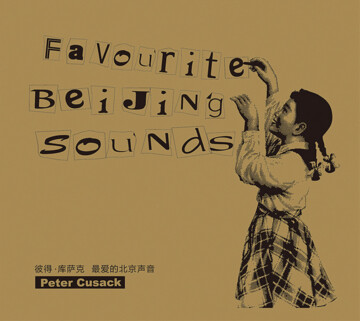History is usually conveyed by text, physical artefacts, photographs, or films. When sound is used as a vehicle of communication it is the recorded sound of an oral tradition in which history is passed down over time through personal or communal narratives. What binds this diverse practice of historicity is that each medium is the carrier of historical information to be learned and analysed by the subject. Environmental sound is rarely considered as a historical medium in itself. Sounds themselves are ethereal and fleeting, they are part of the ‘backdrop’ on which more concrete historical information seems to be superimposed, and are rarely registered as information in their own right. However, sounds and smells have a more direct relationship with our emotional centres of memory compared with sight. In everyday life, a certain smell can conjure up a whole scenario that took place years or even decades in the past as a kind of vivid memory or even re-experience. Sounds formulate a similar function in people, connecting us with involuntary or emotional memory – in other words, experience. Environmental sounds, both natural and manmade, change over time. What sounds are heard at any given time, in any given place, are different, forming an integral part of our experience of time and place. Environmental sounds are altered by historical contingencies and become part of history’s fabric. Although not often consciously registered as such, how the sound environment has changed, and what sounds have changed over time can tell us a great deal about history, and consequently about today. In a project called Your Favourite Beijing Sounds the musician Peter Cusack asked Beijingers a very simple question suggested by the project’s title. Many responses included sounds ubiquitous in traditional Beijing, prevalent just a few years past, but no longer extant today; and this, in turn, resulted in a debate on the disappearance of Beijing’s way of life. While it is obvious to most that Beijing’s traditional way of life has gone, very rarely have people understood this as a fundamental change in our experience of reality. A certain richness of cultural texture that wasn’t even registered was made conscious. This is turn led to a project – the Beijing Hutong Sound Project, for which a system has been created to painstakingly recreate the sound environment of Beijing from the 1920s to the present day. In this new form of virtual reality, one can experience history by hearing how our sound environment has changed over time. John Cage’s revolutionary work 4’33” made us aware of environmental sound as part of our embodied consciousness, and sound art has been shaping the experience of our sound environment ever since. While we understand our experience of music or art comes from a historical background of formal creation, what is our understanding of environmental sound? It comes from the audio backdrop of our everyday existence, a history in its own right that should be recognised as such. This sound as such is embodied, so my term is ‘temporal embodied sound’.



